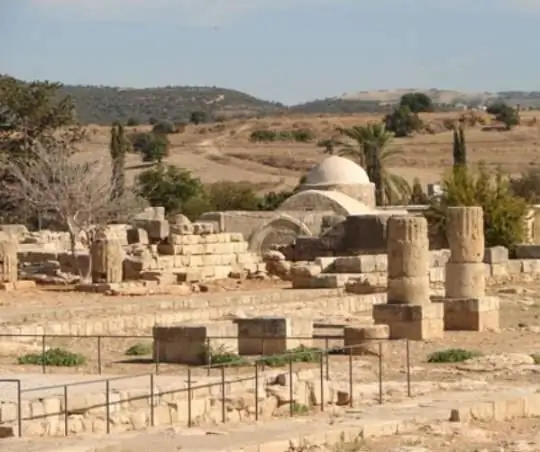
Description of the attraction
The history of Paphos is inextricably linked with the name of the beautiful Greek goddess of love and beauty Aphrodite, because it is believed that it was on the coast, not far from this city, that she was born from the foam of the sea. Therefore, it is not surprising that the temple built in her honor, the ruins of which are now only 15 kilometers from modern Paphos in the village of Kouklia, was one of the most significant in the entire ancient world.
Despite the fact that Aphrodite began to be worshiped in Cyprus only in the 1500s BC, there is evidence that a temple was created on this site around 3800 BC. It is believed that the cult of Aphrodite arose "on the basis" of the cult of the Babylonian-Phoenician goddess of fertility Ishtar.
It was to Kouklia that people from Egypt and Greece came to worship the most beautiful of the beautiful. Especially many pilgrims came there in the spring, when Aphrodisias were held there - special holidays in honor of Aphrodite, during which orgies were held in the temple. However, scientists believe that they were not as large-scale and depraved as it is described in fiction.
The temple fell into disrepair after the spread of Christianity on the island - around the 4th century AD. To date, only one ruins remain from it - the foundation and several fragments of the building. But even now one can imagine its former greatness.
During archaeological excavations, which began in 1887, a huge number of artifacts, objects of art that are of great historical value were discovered at this place. Thus, there were found figurines, ceramics and copper, and even a clay sarcophagus, which depicts scenes from the Odyssey and the Iliad. The finds are now kept in museums in Paphos, London and New York.






